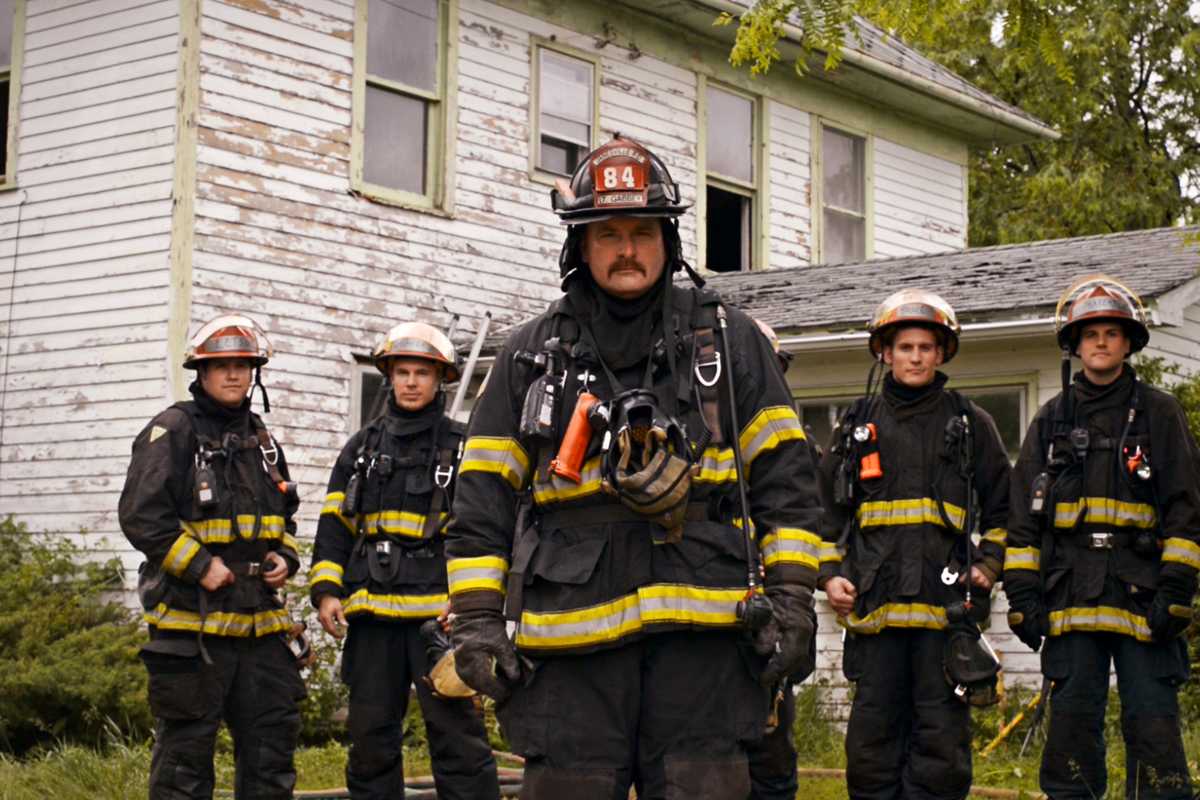

How It's Done:
NEON SIGNS
Grainger Everyday Heroes: Firefighter
By Grainger Editorial Staff 5/15/19
Meet Bob Gabbey, Lieutenant with the Janesville, Wisconsin Fire Department and Grainger Everyday Hero. He reminds us that when it comes to the business of saving lives, continuous training, innovation and passion for the trade are the keys to success. For Bob and his team, saving lives is about more than just the tangible rewards, it's about loving what you do.
My name is Bob Gabbey. I'm a Lieutenant with the Janesville Fire Department. We're simulating what you would have to go through to get people out of cars that were in an accident. We do respond to quite a number of car accidents each year. This is, as some people have referred to it, the jaws of life. The whole thing is called extrication, and that's what we're practicing here today.
You're going to see a lot of different things today. A door removal, we get a lot of door openings and door removals because that's the easiest way [to begin learning extraction]. Then we build up to the more technical [extractions] where they're actually taking the roof completely off the car or taking the side of the car off. [These procedures are] very complicated and you have to continually train. As in everything that we do, you have to continually train to make sure you're proficient.
Like I said before, we're constantly changing, finding new ways to do things easier and better. Forceful entry is one of them. We have to get into these houses and a lot of times into businesses. [Many] times when it's on fire the doors are locked so we have to constantly find new ways to [open] new locks and [entrances] so we can enter the structure if we can't find the keys fast enough.
Fire is a part of what we do, and there is a lot of training that's involved because it's a higher risk type of occupation or activity. I like to tell the recruits there really is no 9-1-2. We do so many other [rescues] because we get called for everything from ducks in a sewer to someone's house on fire. Here in Janesville we do river rescue, hazardous materials response, tactical rescues and EMS, obviously. So there's a lot of different facets to our occupation.
Because of today's materials inside homes and what things are made of, we have to mainly [deal with] plastic materials. The old paper, cotton, cardboard and wool, those [materials] are gone. The legacy type homes and their contents are gone. The modern [materials are] plastics which are petroleum-based products so the fire behaves much differently. It's much more dangerous so we need to change what we do to keep up with how fires are behaving now.
The fire service is very different—I mean I do this for my job but it's really so much more than a job. It's a passion. It's a trade. There's just so much more to it. It's a brotherhood and most people don't do this for the money. You do it because you love it and some day I'll have to stop doing it because it's actually a young man's sport. It gets to be where your body gets beat up to the point where it's time for you to do something else. I'm really not looking forward to that day. I [would] literally do this forever if I could.
The information contained in this article is intended for general information purposes only and is based on information available as of the initial date of publication. No representation is made that the information or references are complete or remain current. This article is not a substitute for review of current applicable government regulations, industry standards, or other standards specific to your business and/or activities and should not be construed as legal advice or opinion. Readers with specific questions should refer to the applicable standards or consult with an attorney.






